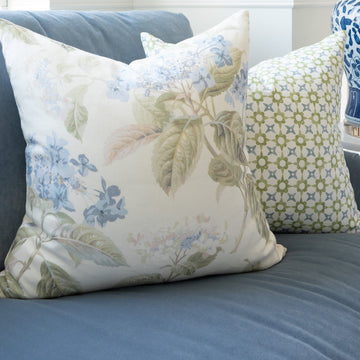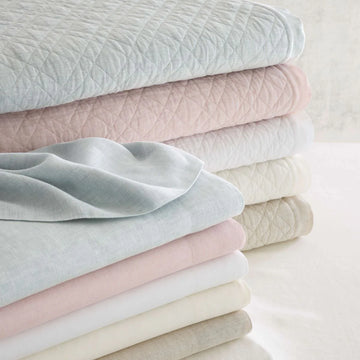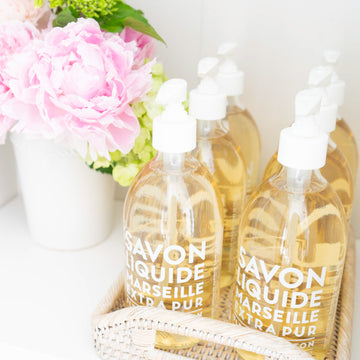“There’s nothing worse than bright overhead lights that make you feel like you’re on stage”
- Barclay Butera.
Have you ever walked into a beautifully designed room and instantly felt relaxed and at ease? If the answer is yes, it probably had terrific lighting. Lighting is an important element in creating the right ambiance in your space. Whether you are trying to promote productivity, creativity or a cozy feel, having the correct lighting will help you define your space.
Lighting feels like a big investment (and often is), so getting it right can feel a tad overwhelming. Fear not! We’ve pulled together our top secrets for lighting a room effectively.
Have a Variety of Light Sources
Variety is the spice of life, right?! So too in your room design. When lighting a room, think about lighting 3 of 4 corners of the space. Introduce lighting at different heights to allow the eye to travel around the room and not be fixated on one particular area. Use lamps, wall lighting and soft overhead lighting to get the job done. Be sure to limit bright overhead lighting in spaces such as dining, living and bedrooms – overhead light is often too harsh and flat for those areas.
The Optimal Light Height
Each room has unique elements that must be considered when hanging lighting, however, there are loose guidelines to follow when determining the optimal height to hang your fixtures. For example:
-
Pendant Counter Lighting: approximately 30”-32" from the bottom of the pendant to the countertop.
-
Dining Room: approximately 33”-34” from the bottom of the chandelier to the tabletop.
-
Bathroom Sconces: approximately 60”-70” from the floor.
Wattage Matters
Does anyone else feel completely overwhelmed in the lightbulb aisle? Now we know that LEDs are the way of the future, but be sure to pick the warmest possible light so that your room feels like a cozy oasis and not like a cold institution. Here are some loose guidelines for wattage (always review each fixtures lighting recommendation for best results):
-
Recessed Lights: keep them to 60W (and a dimmer if you can!) to prevent the spotlight look.
-
Lamps: For reading or relaxing, keep your lamps to between 50-60W. We always use a lampshade to shield the bulb from your direct eye sight.
-
Kitchen: As kitchens are functional spaces, we like to keep the wattage a bit higher to make sure you have ample light. Stick to 100W as a good rule of thumb, but bring the wattage down to 80W should your kitchen offer a lot of direct sunlight.
-
Bathroom Sconces: Use fixtures that offer 75–100W combined for ample soft lighting. Keep in mind that this wattage can be split between fixtures (i.e. two sconces flanking a mirror at 40W each).
-
Chandelier: Wattage for chandeliers can change depending on the room size, however, a good rule of thumb is 100-200W for the entire fixture. Chandeliers over dining room tables are always better on a dimmer so that you can create the right level of ambiance for your dinner party!
Highlight Beloved Pieces
Utilizing wall lighting is a perfect way to highlight some of your favourite treasures, whether it be a favourite piece of art or artifacts from your travels placed on built in shelves. Picture lighting is typically very low wattage to offer soft lighting to one piece of artwork. Because picture lights often double as decorative fixtures, these lights can help to add to the décor of your room as well.






